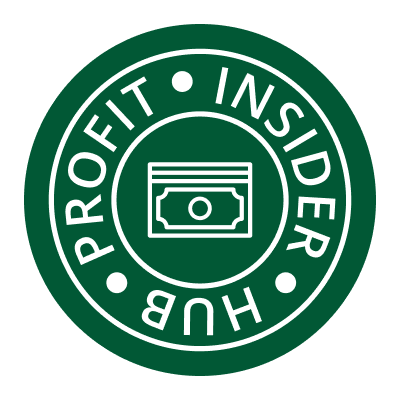(NewsNation) — The snack aisles at grocery stores are getting a makeover as food companies work to turn consumers’ growing interest in protein into profit.
Seventy percent of Americans said they’re trying to eat more protein, up from 59% just three years ago, according to a new survey from the International Food Information Council.
Big food companies such as PepsiCo, Kellogg and Pop-Tarts maker Kellanova have rolled out protein-boosted versions of their popular products. Starbucks and Kroger have tested protein-fortified coffees and French toast sticks.
HelloFresh meals recalled over possible listeria contamination
The global market for protein-fortified foods is projected to hit $100 billion by 2030, according to Grand View Research. But the protein push among consumers isn’t new. The growing interest mirrors past trends big food companies have jumped on — like the low-fat fad in the ’80s and ’90s, and the gluten-free focus of the 2010s — in which branding often outpaced actual health benefits.
“One hundred percent a diet fad, and it started because of the semaglutides and Ozempic. People were losing weight and also losing muscle because every pound is water, fat and muscle,” Kim Shapira, a registered dietitian, told NewsNation. “So, this just boomed an entire industry of protein.”
Health experts have warned consumers that there’s a catch: “protein-packed” labeling is not always synonymous with healthy.
Who will be hit hardest by expiring ACA health insurance subsidies?
Studies show many of these products are ultraprocessed and loaded with sugar, fat and sodium. The National Institutes of Health points to one international review that found 91% of foods with “protein” marketing claims were less healthy overall.
Consumers have been advised to read ingredient lists carefully before purchasing — not just the buzzy front label. Processed snacks aren’t necessary to hit protein goals, as whole foods such as chicken, fish, eggs, edamame, Greek yogurt and cottage cheese deliver protein along with beneficial nutrients.
“Just because it says it’s higher protein or it’s a ‘healthy food,’ you really have to read the label, look at the calories, and make sure the ingredients are something that’s actually okay for your body,” said fitness coach Stephen Campolo.

